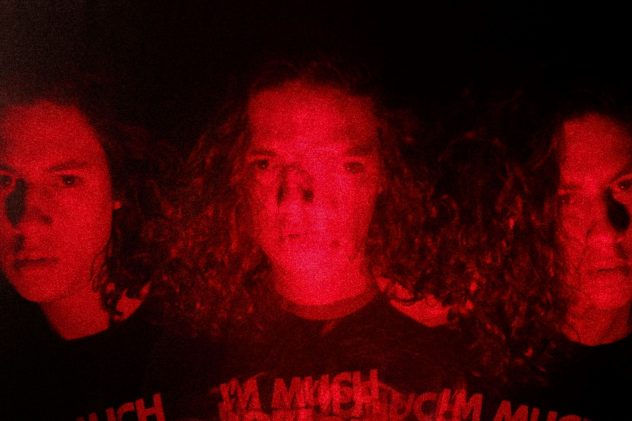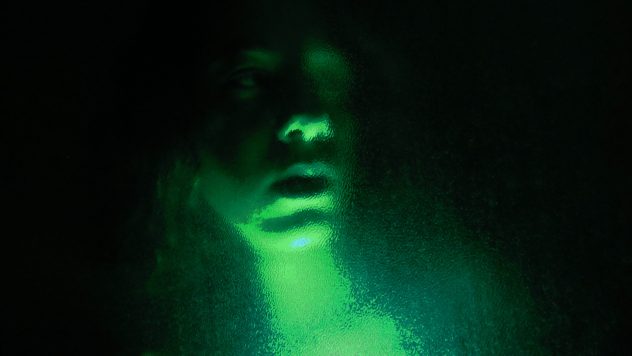


Stroboscopic Photography: Read & Reflect.
This technique requires various things to fulfill its fun and innovative process:
- The use of a flash is essential for these pictures for it will set out to capture the moving subject in the frame with it’s flashing recording of light.
- The aperture is just as important, an aperture between f8-f16 is essential for it will dictate how the light will be registered on the picture.
- A tripod although a little less essential still aids in a more refined picture and stable shot.
- In order to acutely focus on a lit subject, setting the ISO to a low 100 or 200 eliminates ambient light.
- Depending on the motion involved in the subject, the shutter speed must be adjusted, it be an overall impact on how the picture reacts to the subject’s movements.
- A single light source is best suited since it focuses on the subject without competing with other settings for lights and reflections.
- Although the subject can approach the picture in a pose by pose manner, fluid motions captured in one second and with extremely rapid light strobes work a lot more naturally.
- The strobe is essential in its speed for it will communicate with how the subject moves and how that all translates together into the picture, a fast moving light should be accompanied by a fast movement by the subject, however slow settings with button strobes or even timers work perfectly well when the movements are in sync.
- Color may be an interesting factor to experiment with, however color background tend to take longer to go through exposure and are captured longer in the picture, overpowering the subject’s movements.
- Finally like any other picture, some editing may help a lot in refining the picture into a better, more polished, finished work.
Final advertising pictures.


Part II: Lightroom picture edits.



Table top & On site Contact sheets.
Magazine Cover

Vision Board

3 Best 26 Things (creative lighting)



Lighting with color



